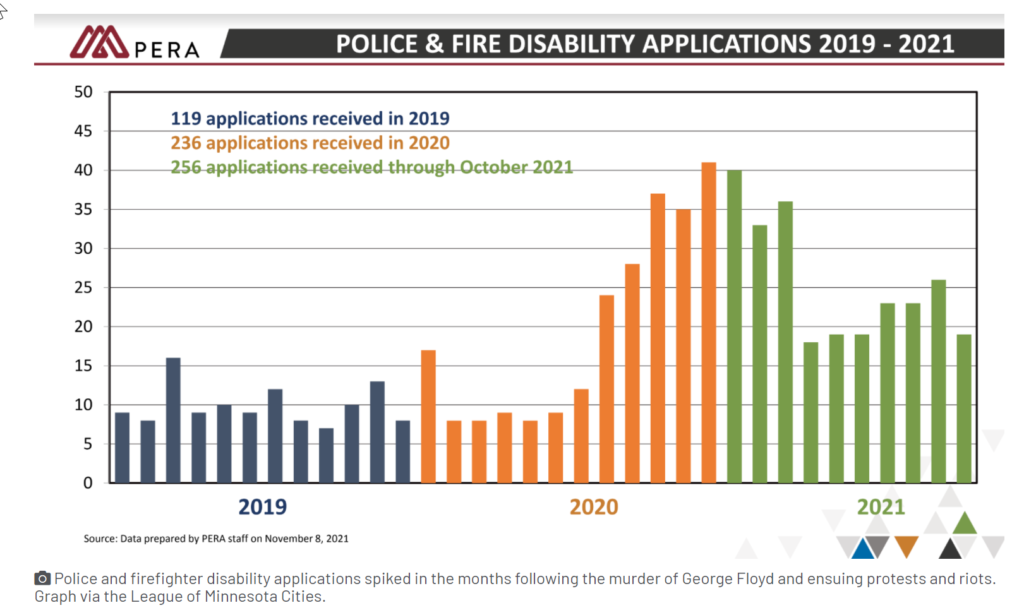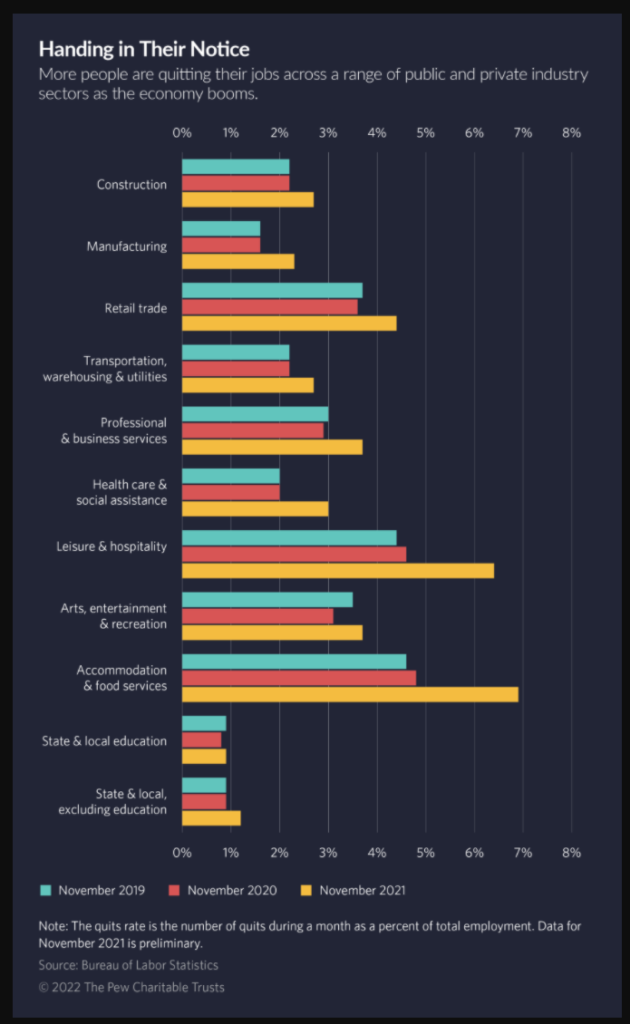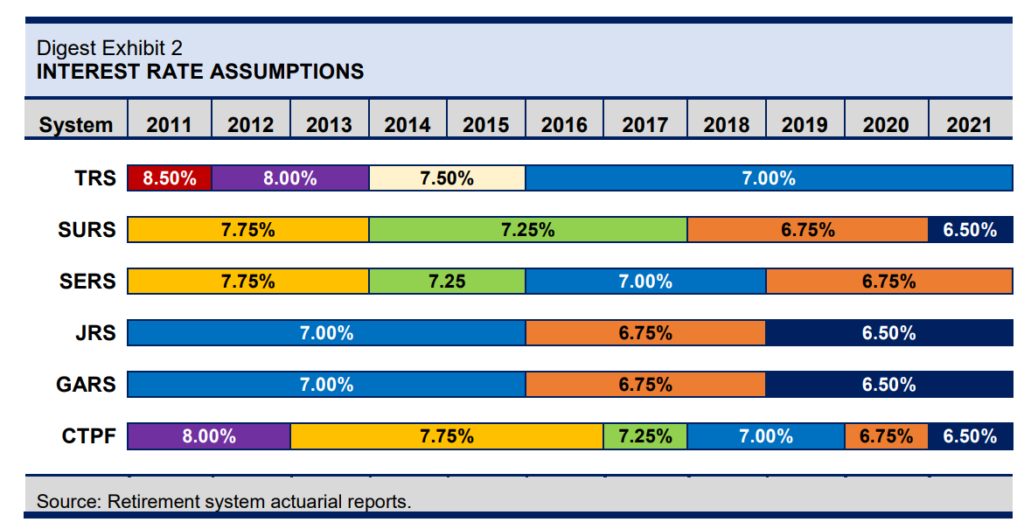Excerpt:
A state appeals panel has ruled a Cook County judge was wrong to declare Anthony Abbate — a Chicago police officer convicted of a 2007 aggravated battery targeting a female bartender — remained entitled to his pension.
Cook County Circuit Judge Anna Loftus ruled in favor of Abbate in a lawsuit against the Retirement Board of the Policemen’s Annuity and Benefit Fund of the City of Chicago, which stripped Abbate’s pension following his conviction. Loftus determined the battery had no connection to Abbate’s service as a police officer and therefore couldn’t be used to invalidate his pension.
The Illinois First District Appellate Court ruled on the pension board’s appeal in an order issued Feb. 7. Justice Aurelia Pucinski wrote the opinion; Justices Michael Hyman and Carl Walker concurred. The order was issued under Supreme Court Rule 23, which may restrict its use as precedent.
…..
According to Pucinski, the pension board also said “Abbate used his position as a police officer to interfere with a criminal investigation into his own conduct at the bar” and cited testimony from a federal civil trial in which a jury found in favor of the bartender against Abbate and the city. The panel rejected Abbate’s arguments alleging the pension board failed to support its conclusions and selectively included evidence.
…..
The panel further rejected Abbate’s argument it should only consider a specific section of the Illinois Pension Code, explaining it would consider other cases interpreting similar forfeiture provisions, such as those affecting the General Assembly, Illinois Municipal Retirement Fund members and others.
Author(s): Scott Holland
Publication Date: 7 Feb 2022
Publication Site: Cook County Record





